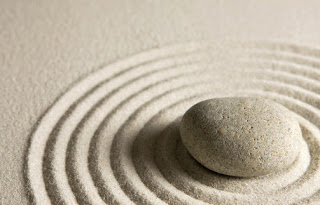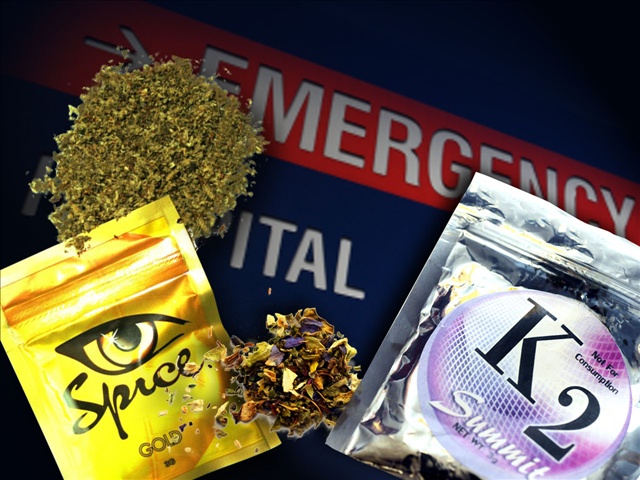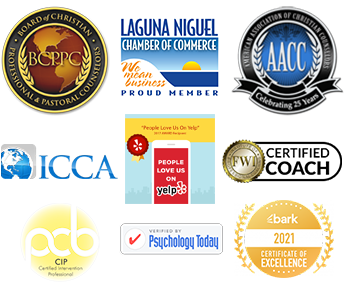
We use our phones and hand held devices for so many things! So why not mental health and wellness? Here are 5 great apps that offer help for a variety of afflictions and issues. Check them out, give them a try, and please share so we can all spread good mental health together!
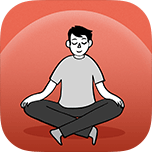 1. Stop, Breathe & Think–This is a great, free app that has a 5 star rating and is a Webby Award Winner. I love this app and use it myself for relaxation and meditation. I also have many of my counseling and coaching clients use this app with great success.
1. Stop, Breathe & Think–This is a great, free app that has a 5 star rating and is a Webby Award Winner. I love this app and use it myself for relaxation and meditation. I also have many of my counseling and coaching clients use this app with great success.
The app is a simple tool to guide one through a variety of basic mindfulness meditations. Users can also check in with how they’re feeling and even notify their counselor or friend once a meditation has been completed.
![]() 2. Balanced–This is another free, 5 star rated app. Balanced helps users stay focused and motivated on their priorities. This app allows users to set a variety of goals each week, and helps one feel rewarded, in control, and focused on what to do next for success.
2. Balanced–This is another free, 5 star rated app. Balanced helps users stay focused and motivated on their priorities. This app allows users to set a variety of goals each week, and helps one feel rewarded, in control, and focused on what to do next for success.
I personally use this app to remind me of weekly goals such as watching a TED Talk, meditating, and being thankful.
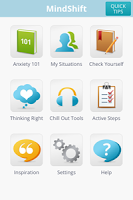 3. Mindshift–This app is specifically designed for those struggling with anxiety. Although not as highly rated as the above apps, my experience is that counselors love what this app does for their clients as a tool for managing and working through anxiety. The app includes a section on situations that trigger anxiety and how to have healing, as well as some great “chill out” tools and Twitter-worthy inspirational quotes.
3. Mindshift–This app is specifically designed for those struggling with anxiety. Although not as highly rated as the above apps, my experience is that counselors love what this app does for their clients as a tool for managing and working through anxiety. The app includes a section on situations that trigger anxiety and how to have healing, as well as some great “chill out” tools and Twitter-worthy inspirational quotes.
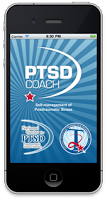 4. PTSD Coach–This is a great app that was developed by the Department of Veteran Affairs National Center for PTSD. Although originally intended for use by vets with PTSD, a quick read through the reviews shows that many civilians have been helped by this app as well.
4. PTSD Coach–This is a great app that was developed by the Department of Veteran Affairs National Center for PTSD. Although originally intended for use by vets with PTSD, a quick read through the reviews shows that many civilians have been helped by this app as well.
I am passionate about serving our military, treating PTSD, and preventing military suicide, so naturally I am a big fan of this app and hope readers of this blog will share so all our military families learn about PTSD Coach.
 5. Optimism–This is a 4 star rated app that helps users with self-tracking as a tool for coping with mental health issues such as anxiety, depression, bipolar disorder and PTSD. The app allows users to create a custom wellness plan and is particularly useful when the user is working with a mental health professional.
5. Optimism–This is a 4 star rated app that helps users with self-tracking as a tool for coping with mental health issues such as anxiety, depression, bipolar disorder and PTSD. The app allows users to create a custom wellness plan and is particularly useful when the user is working with a mental health professional.Give these apps a try if you could use some support and coaching right at your fingertips. And if you know of a great app that you recommend, please share in the comments section.
And please help spread good mental health by sharing this blog post. Thank you!
Feel free to email me at randy@randymoraitis.com or call me at 949-303-8264 for more info about this topic or my counseling, coaching or intervention services. Find me on the web at www.randymoraitis.com and www.carepossible.org.
About Randy Moraitis
Randy is married to Kim and they live in Laguna Niguel. Together they have a blended family of five adult children and three beautiful grandchildren. (If you don’t believe Randy he will gladly show you pictures!)
Randy is a Certified Intervention Professional (CIP) and expert in helping families affected by addiction and/or mental health issues. He is a Board Certified Pastoral Counselor and is both licensed and ordained as a pastoral counselor. He has five professional coaching certifications and loves working with clients on executive coaching, life coaching, wellness coaching and recovery coaching. Randy has a master’s degree with emphasis in theology and counseling, a bachelors degree in management and leadership, and a certificate in health and fitness with emphasis in exercise physiology and sports psychology from UC Irvine. He has been helping groups, individuals and families get mentally, physically and spiritually healthy in Orange County for over 25 years.




